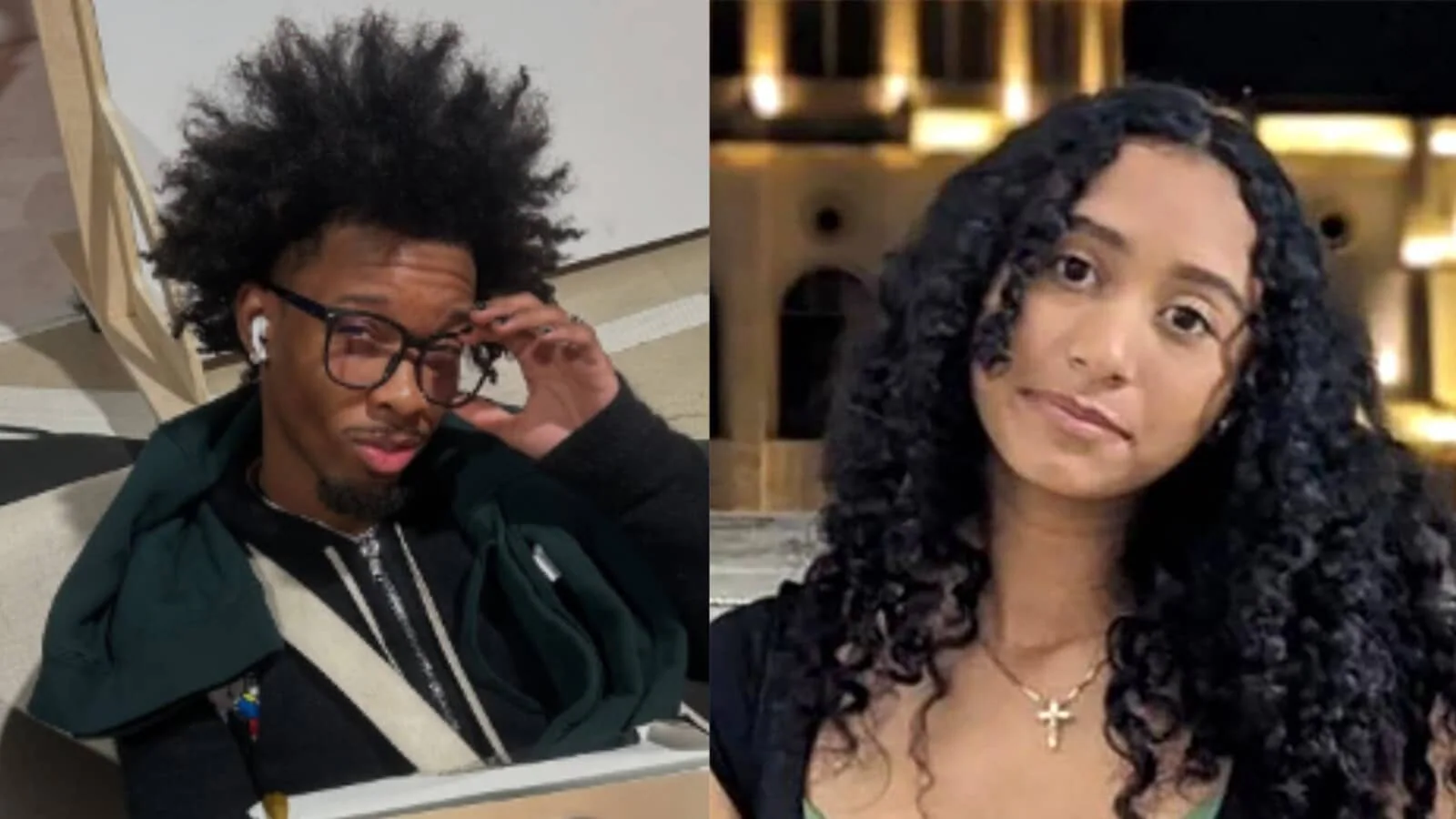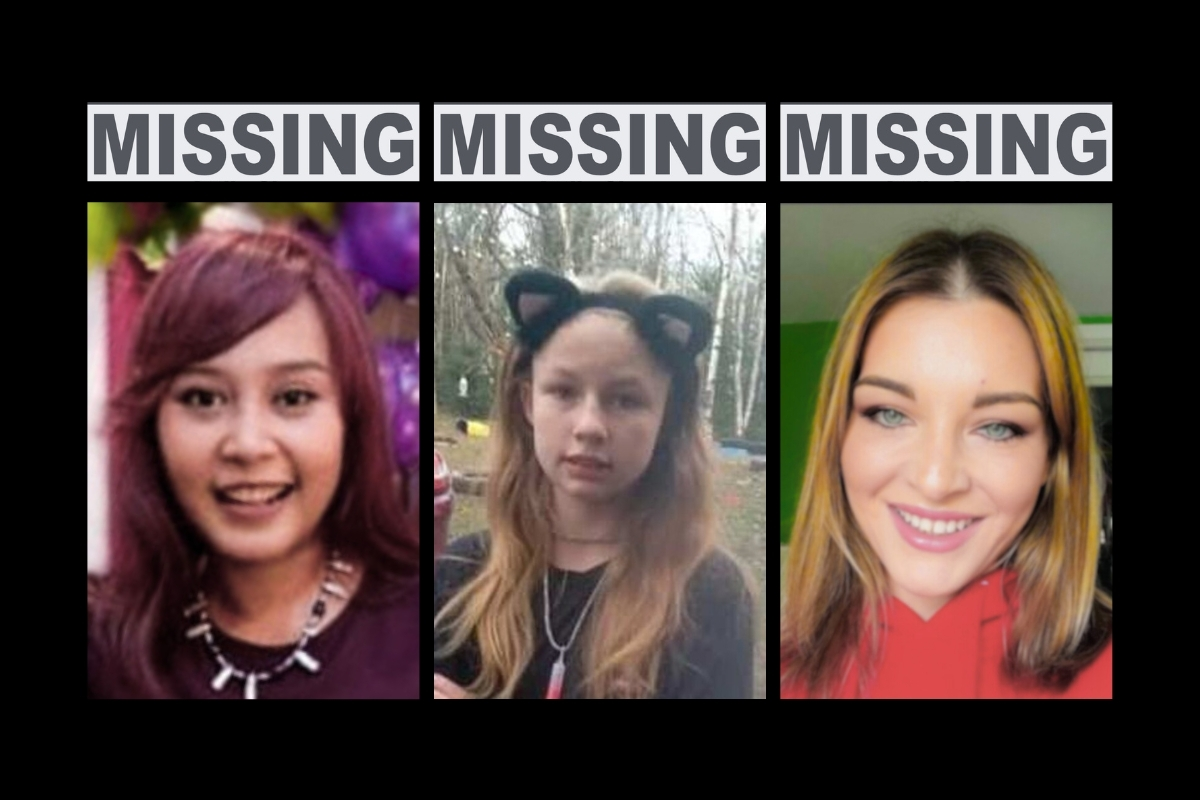Celeste Rivas Hernandez’s Death: What We Know So Far About the Teen Found in Singer D4vd’s Tesla
By Shriya Kataria
Copyright breezyscroll

The death of 15-year-old Celeste Rivas Hernandez has raised troubling questions, both about her final days and her connection to rising music artist D4vd. Earlier this month, Rivas Hernandez was found dead in a Tesla linked to the singer. While online speculation ran wild, including claims that she was pregnant, new details from her death certificate and law enforcement sources suggest a more complicated picture.
What does the death certificate reveal?
According to documents obtained by TMZ, the Los Angeles County Department of Medical Examiner listed Rivas Hernandez’s cause of death as “deferred.” That means an official ruling cannot be made until toxicology results are complete. An autopsy has already been performed, but the final report is still pending.
The certificate also shut down rumors that the teen was pregnant at the time of her death, she was not.
For now, investigators are treating the case with caution. Captain Scot Williams of the Los Angeles Police Department told TMZ that officers are working closely with the medical examiner to determine how and why Hernandez died.
When and where was she found?
Public records show that Rivas Hernandez died on September 8, 2025, and that her remains were discovered in a vehicle. That vehicle has since been linked to D4vd, the Houston-born musician best known for viral tracks like Romantic Homicide.
The medical examiner’s website listed her death as a “homicide.” However, LAPD officials later clarified to TMZ that they are not currently pursuing a suspect or person of interest. That unusual gap, between the official listing and police posture, is one of the reasons this case has fueled speculation online.
Could drugs or foul play be involved?
At this stage, police have not ruled out either possibility. Without the toxicology report, investigators cannot say whether drugs played a role. Similarly, no evidence of violent foul play has been made public.
Cases like this often hinge on toxicology timelines. According to the CDC, full toxicology screens can take several weeks, sometimes longer, depending on the complexity of the substances tested. That lag leaves a vacuum, and in today’s social media climate, rumors rush to fill it.
Who was Celeste Rivas Hernandez?
Celeste was only 15 years old, but reports suggest she was living a lifestyle that complicated her age and identity.
She had been reported missing multiple times in 2024, according to the Los Angeles Times.
Her mother told TMZ that Celeste was seeing a man named “David” earlier this year, though she never met him.
Friends of D4vd told TMZ they believed Celeste was a 19-year-old USC student, not a minor. They said her presence at age-restricted events reinforced that belief.
Police sources also revealed that Celeste possessed multiple fake IDs, which may have helped her gain entry into clubs and parties where underage attendees are barred.
This detail underscores how easily minors can slip through age checks in social settings, a reminder of the risks young people face when projecting an older identity.
What is D4vd’s connection to the case?
So far, D4vd has not been accused of wrongdoing. His only link is that the vehicle where Celeste was found is associated with him. Friends of the singer told TMZ they understood Celeste and D4vd were “romantically involved,” though they insist they believed she was an adult.
The gap between perception and reality here is striking. Celeste’s use of fake identification documents and her attendance at adult-only events likely obscured her true age from those around her. Still, her death inside a car tied to an emerging star inevitably raises scrutiny about the people in her orbit.
Why does this case matter?
Several issues converge in Celeste’s story:
Youth Vulnerability – A 15-year-old navigating adult spaces without parental supervision highlights how easy it is for minors to slip into dangerous environments.
Celebrities and Scrutiny – Any connection between a deceased minor and a public figure brings immediate questions about responsibility and accountability.
Investigative Transparency – With the medical examiner labeling the death a homicide but police not pursuing suspects, the public is left in a gray zone.
This case also feeds into broader conversations about online rumors, misinformation, and the speed with which unverified claims, like pregnancy speculation, spread faster than official findings.
What happens next?
The investigation hinges on the final autopsy and toxicology report. Until those results come in, both the family and the public are left waiting for clarity.
Meanwhile, LAPD has not indicated whether charges could be filed in the future, nor whether the “homicide” listing on the examiner’s site reflects a legal determination or simply a classification pending review.
For Celeste’s family, the focus remains on answers. And for the broader public, the case serves as a stark reminder of how young lives can intersect with fame, nightlife, and risk in devastating ways



